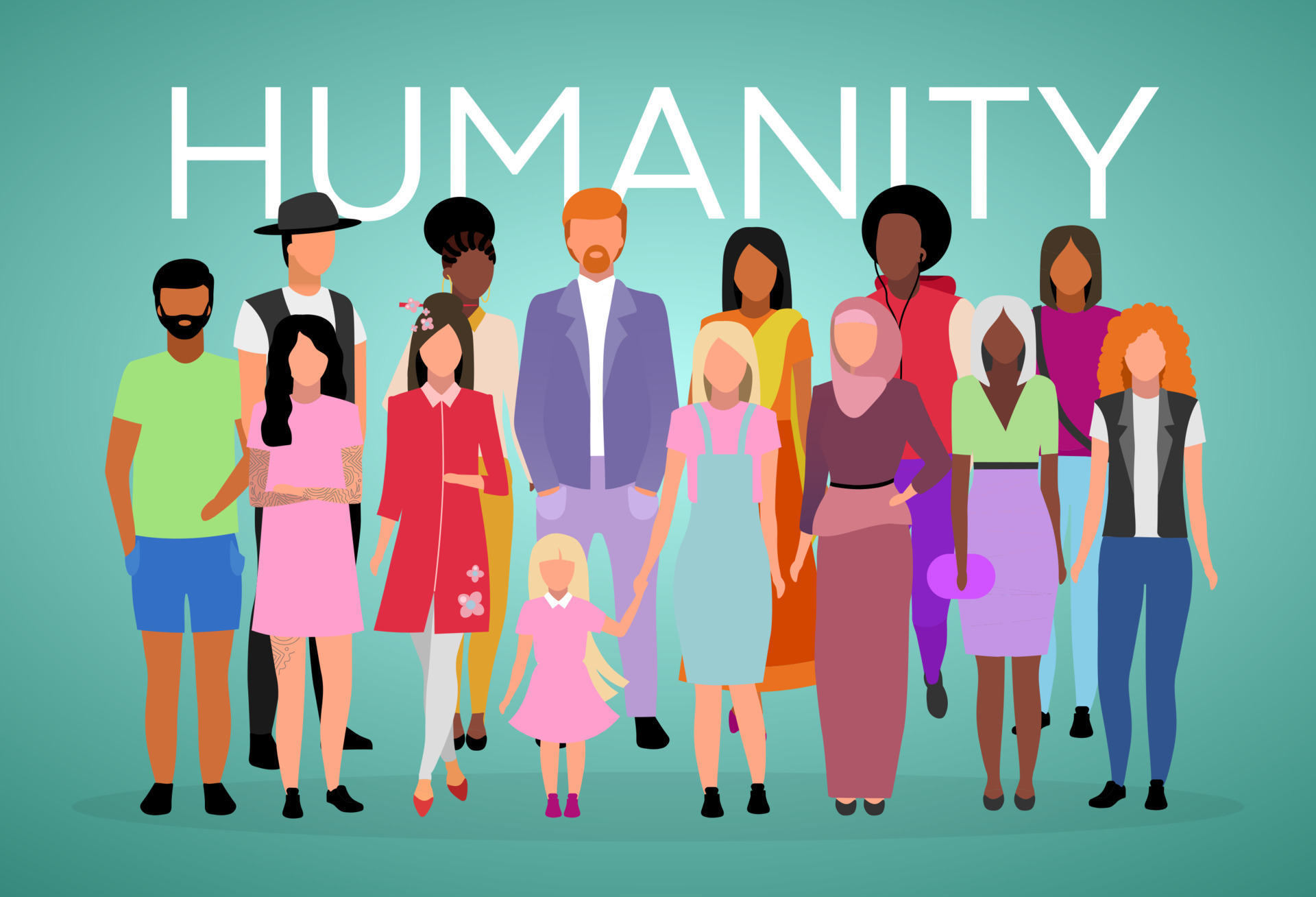
Ever found yourself paused mid-sentence, wrestling with ‘worse’ and ‘worst’? You’re definitely not alone. These two tiny words, born from the same linguistic root, have a knack for tripping up even the most seasoned communicators, turning what should be a straightforward comparison into a full-blown grammar conundrum. It’s like trying to pick the least bad of a bad bunch—which, ironically, is precisely what these words help us do!
In our fast-paced digital world, clear communication is more crucial than ever. Whether you’re crafting a viral tweet or a critical report, muddling up your comparatives and superlatives can subtly, or not so subtly, shift your meaning. That’s why we’re diving deep into the fascinating, sometimes frustrating, world of ‘worse’ and ‘worst.’ We’re here to clear up the confusion once and for all, making sure your language is always on point, never ‘worse’ for wear.
So, buckle up, grammar gurus and casual writers alike! We’re about to embark on an enlightening journey through the linguistic landscape, unraveling the mysteries behind these frequently misused words. Get ready to arm yourself with the knowledge you need to master ‘worse’ and ‘worst’ and elevate your writing from merely good to absolutely brilliant. Let’s dive in and make sure you’re always picking the *best* word for the job, rather than the… well, you know.

1. **The Core Difference: Comparative vs. Superlative**At the heart of the ‘worse’ versus ‘worst’ debate lies their fundamental grammatical function: one is a comparative adjective, and the other is a superlative. Understanding this distinction is your first and most crucial step toward mastery. The context states it clearly: “Worse and worst are both forms of the word bad. Worse is what’s called the comparative form, basically meaning ‘more bad.’ Worst is the superlative form, basically meaning ‘most bad.'”
Think of it this way: ‘worse’ steps in when you’re comparing just two things, indicating that one is ‘more bad’ than the other. It’s a direct, one-on-one showdown. For instance, if you’re evaluating two different options, you might say, “Your breath is bad, but mine is worse” or, noting a decline, “The situation was bad and it just got worse.” Here, the focus is solely on the comparison between two distinct entities or states, or two points in time.
On the flip side, ‘worst’ comes into play when you’re comparing more than two items, or when you’re pointing out the absolute pinnacle of ‘badness’ within an entire group or all possible options. This is where it becomes the ‘most bad’ of them all, standing head and shoulders below the rest in terms of quality or desirability. The context gives us a perfect illustration: “Yours is bad, mine is worse, but his is the worst,” clearly positioning ‘his’ as the absolute bottom of the barrel among three. Another scenario might be, “That was the worst meal I’ve ever eaten,” implying a comparison against every single meal experienced throughout a lifetime.
Essentially, a comparative adjective, like ‘worse,’ is typically employed to draw a parallel between two subjects. It highlights a difference in degree between them. In contrast, a superlative adjective, like ‘worst,’ is reserved for situations where you need to identify one item as the extreme—either the highest or lowest—within a group comprising more than two. So, whether it’s comparing “out of the five exam I have today, this one is going to be the worst” or declaring “That was the worst idea I have ever heard,” ‘worst’ signifies the ultimate degree of an undesirable trait, leaving no room for further deterioration on that particular scale.
Read more about: Worse vs. Worst: 12 Expert-Backed Rules to Instantly Nail Proper Usage
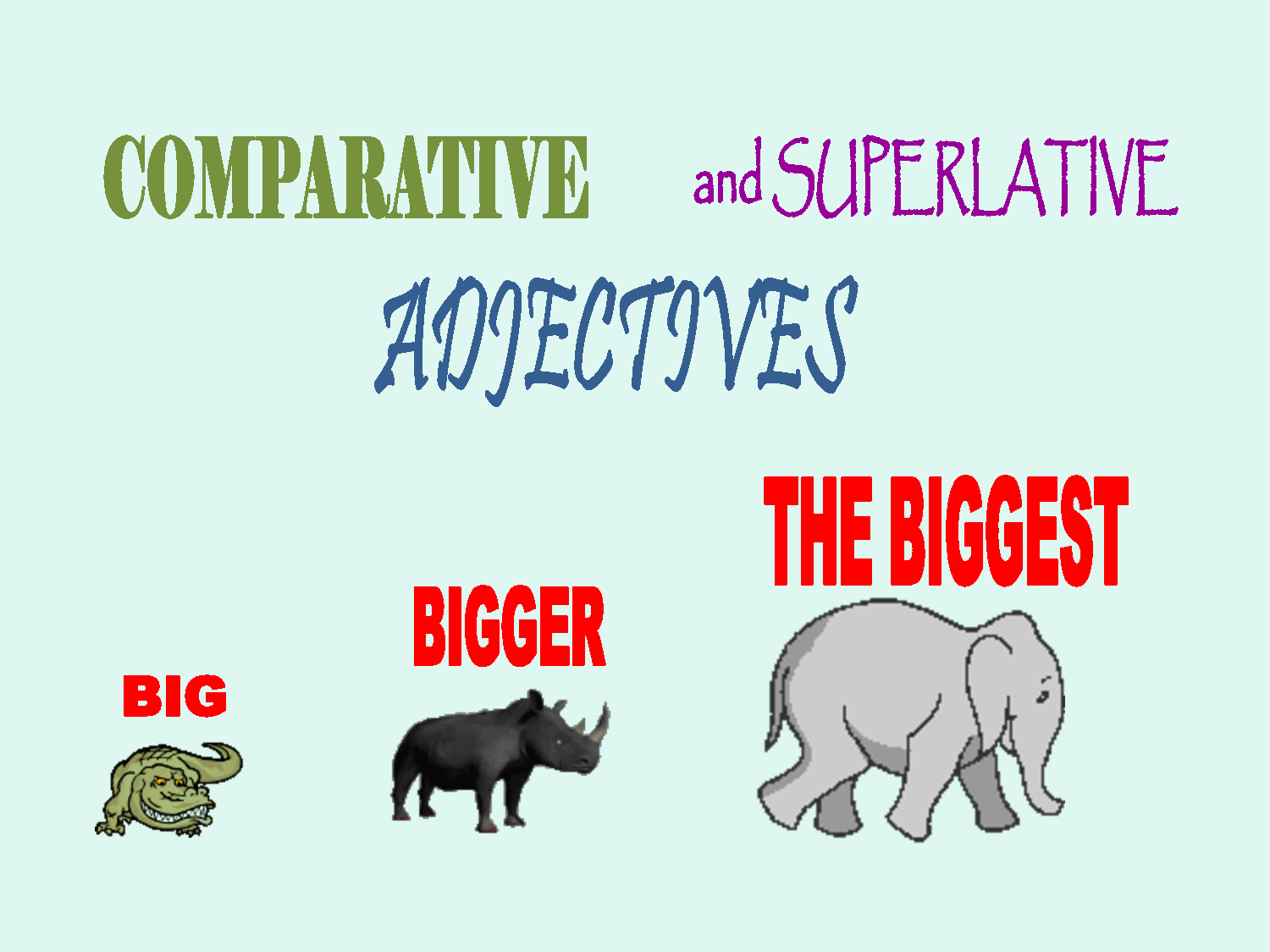
2. **”Worse” in Detail: Understanding the Comparative Form**Let’s really zoom in on ‘worse,’ dissecting its role and revealing its specific applications. This comparative adjective isn’t just about labeling something as ‘bad’; it’s about signaling a shift, a deterioration, a move towards a less favorable state when juxtaposed with something else. The document clarifies this beautifully: “Worse is used when you want to express that something has become less favorable than previously.”
Imagine a scenario where things are already not great. When you use ‘worse,’ you’re indicating that the situation has taken a downturn, moving further away from ideal. It actively “indicates a sense of deterioration, decline, or inferiority in relation to another thing or situation.” It’s the linguistic equivalent of a downward arrow, pointing to a state that has become more adverse or less desirable than its counterpart. This isn’t about identifying the absolute lowest point, but rather about noting a significant drop in comparison between two things.
A relatable example from the provided text helps paint this picture vividly: “If an item of clothing, for example, has been washed a thousand times and looks worn down, its quality is worse than when you first bought it, showing a decline in condition.” This isn’t saying the shirt is the worst shirt *ever*; it’s simply highlighting its diminished quality compared to its original state. It’s a comparison of two distinct points in time or two different conditions, underscoring an overall decline.
This nuanced application of ‘worse’ allows us to illustrate dynamic changes or relative qualities with precision. It emphasizes how something stacks up against its previous self, or against another single item. The text encapsulates this perfectly: “This shows how worse can be used to illustrate a comparison of two states and show an overall decline in condition, quality, or desirability.” It’s not about being the ‘most’ bad, but about being ‘more’ bad than a specific benchmark, making it an indispensable tool for expressing relative decline or inferiority.
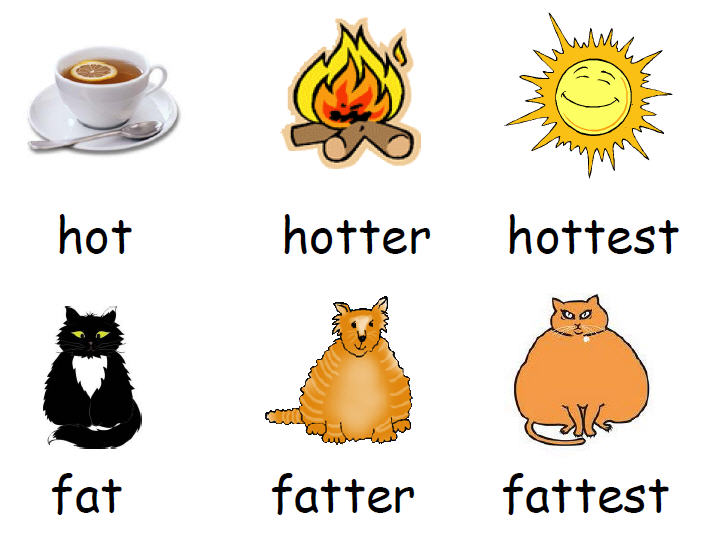
3. **”Worst” in Detail: Mastering the Superlative Form**Now, let’s turn our attention to ‘worst,’ the heavyweight champion of ‘badness.’ When ‘worst’ enters the conversation, you’re not just comparing two things; you’re making a definitive statement about the absolute bottom of the barrel, the least desirable, or the most negative condition within an entire selection. As the context clearly states, “Worst is used to compare a group of things (three or more) and translates to the lowest quality, the least desirable condition, or the most negative among them.”
This word is all about extremes. It elevates ‘bad’ to its highest possible degree, marking something as utterly inferior when measured against multiple alternatives. “As a superlative, the word worst represents the highest degree of badness.” It’s the linguistic equivalent of placing something squarely at the very end of a ranking, far below all other contenders. Think of it as the ultimate judgment, declaring that nothing else in the considered group measures up to its level of poorness.
As a superlative adjective, ‘worst’ doesn’t merely hint at inferiority; it shouts it from the rooftops. It “emphasizes extremes and helps to convey the idea that something is at the bottom of the scale in terms of negativity or inferiority.” This is the word you reach for when you’ve encountered something so terrible that it surpasses all others in its category. For instance, declaring “That was the worst inning of baseball I’ve ever seen” leaves no doubt about its unparalleled poor performance.
Beyond just generalized ‘badness,’ ‘worst’ can pinpoint specific failings. The dictionary definition provided offers a rich tapestry of its applications: it can mean “bad or ill in the most extreme degree; most faulty or unsatisfactory: the worst job I’ve ever seen.” It can also describe something as “most unpleasant, unattractive, or disagreeable” or denote the “least efficient or skilled,” as exemplified by “The worst drivers in the country come from that state.” In every instance, ‘worst’ signifies an absolute nadir, a benchmark of ultimate deficiency that sets it apart from all others in comparison.
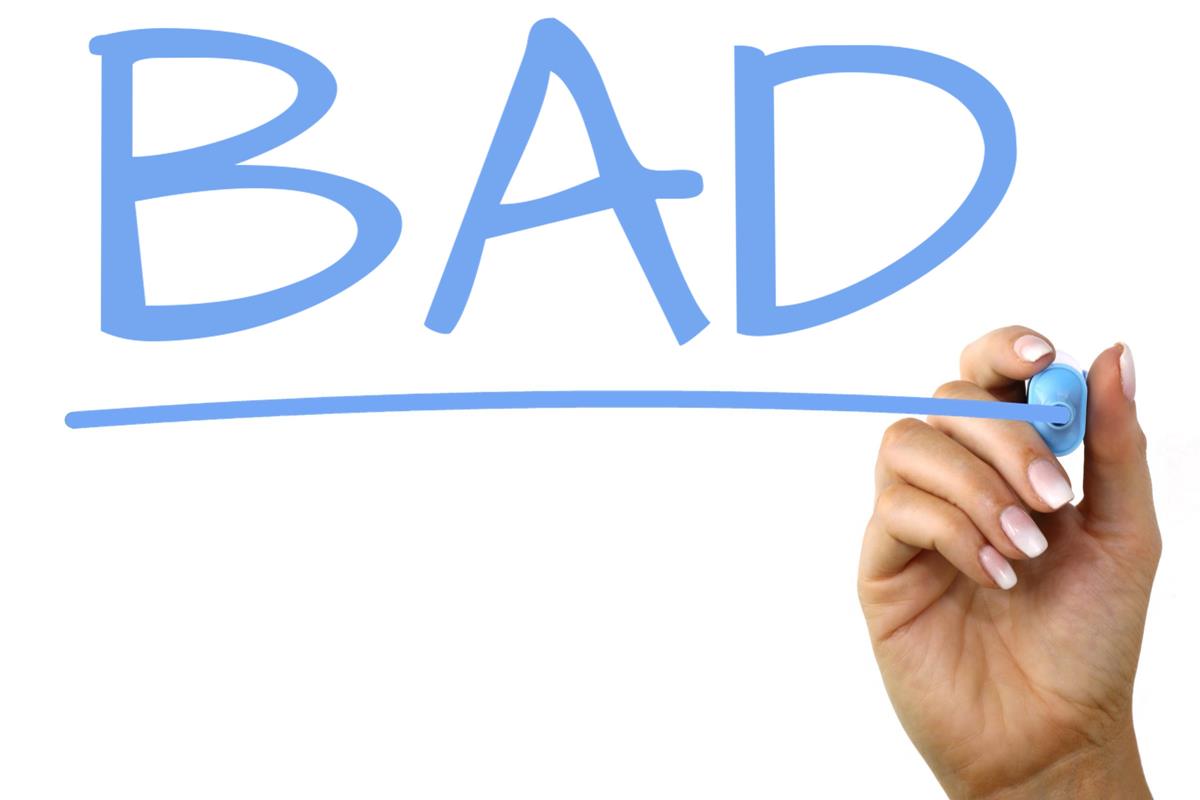
4. **The “Bad” Family Tree: How Worse and Worst Evolved**To truly grasp ‘worse’ and ‘worst,’ it’s enlightening to trace them back to their linguistic roots. They aren’t just random words; they are direct descendants of a common ancestor, showcasing a fascinating evolutionary path within the English language. As the context succinctly puts it, “Worse and worst are different words, but both are forms of the adjective bad.” This fundamental connection is key to understanding their usage.
Think of ‘bad’ as the parent word, and ‘worse’ and ‘worst’ as its offspring, each serving a distinct grammatical purpose. ‘Worse’ takes on the role of the comparative form, while ‘worst’ embodies the superlative. This isn’t an isolated phenomenon in English grammar; it mirrors the development of other familiar adjectives that follow a similar pattern, albeit with more regular structures. They are part of a special linguistic family that handles degrees of description.
In fact, ‘worse’ and ‘worst’ operate much like another pair of familiar and highly useful words: ‘better’ and ‘best.’ Just as “better and best, which are the comparative and superlative forms of the word good,” ‘worse’ and ‘worst’ complete the spectrum for ‘bad.’ This parallel helps solidify their roles; if ‘good’ has its comparative ‘better’ and superlative ‘best,’ then ‘bad’ naturally requires its own set of intensified forms to express degrees of negativity.
Moreover, the family tree extends beyond just adjectives. The context explicitly states their relationship to other parts of speech: “From bad (adj): worse adj comparative worst adj superlative.” But wait, there’s more! They also stem from adverbs and even other adjectives, demonstrating their versatility. “From badly (adv): worse adv comparative worst adv superlative.” And don’t forget ‘ill’: “From ill (adj): worse adj comparative worst adj superlative” and “From ill (adv): worse adv comparative worst adv comparative.” This wide-ranging lineage highlights their integral role in expressing varying degrees of negative qualities or actions across different grammatical structures.

5. **Breaking the Rules: Why Worse and Worst Are Unique**English grammar often presents us with tidy rules, like adding ‘-er’ for comparatives and ‘-est’ for superlatives. Think ‘fast’ becoming ‘faster’ and ‘fastest,’ or ‘smart’ transforming into ‘smarter’ and ‘smartest.’ It’s a system that usually makes sense, right? Well, ‘worse’ and ‘worst’ are here to remind us that not all words play by the same rules, making them fascinating outliers in the linguistic landscape.
The context outlines the standard practice: “In most cases, the comparative form of an adjective is made by either adding -er to the end… or adding the word more or less before it (more impressive, less powerful, etc.).” Similarly, “To form superlatives, it’s most common to add -est to the end of the word… or add most or least before it (most impressive, least powerful, etc.).” These are the dependable patterns we learn, the predictable pathways of adjective modification.
However, ‘worse’ and ‘worst’ defiantly march to the beat of their own drum. “Worse and worst don’t follow these rules,” the text confirms, classifying them as irregular forms. This irregularity is precisely what can make them tricky; they don’t give us the straightforward ‘-er’ or ‘-est’ cues that we rely on for most other adjectives. They demand a slightly different kind of memorization and understanding, one that acknowledges their unique historical development.
But fear not, there’s still a little mnemonic magic to help you remember. “You can see a remnant of the superlative ending -est at the end of worst and best, which can help you remember that they are superlatives.” This subtle echo of the ‘-est’ ending in ‘worst’ serves as a helpful, albeit faint, clue to its superlative status. It’s a linguistic fingerprint, a hint that these words, despite their rebellious nature, still carry a vestige of the common superlative structure. Recognizing this irregularity is key to mastering these essential terms.
Read more about: The 12 Worst Classic Car Investments Made by 15 Celebrities

6. **Navigating “From Bad to Worse”: A Common Idiom Unpacked**Beyond their core grammatical roles, ‘worse’ also features prominently in several widely used idioms. One of the most common and evocative phrases that utilizes ‘worse’ is “from bad to worse.” This expression isn’t just a casual turn of phrase; it’s a powerful descriptor that conveys a specific and often regrettable progression of events or conditions.
The context provides a crystal-clear definition: “Worse is used in the expression from bad to worse, which means that something started bad and has only deteriorated in quality or condition.” This idiom perfectly captures the essence of a situation that began undesirably and then continued its downward spiral, becoming even more unfavorable over time. It’s a narrative of decline, emphasizing a negative trend rather than a static state.
Consider the personal touch of the example offered: “My handwriting has gone from bad to worse since I graduated high school.” This isn’t merely stating that the handwriting is bad; it vividly describes a process of degradation. It implies a starting point where the handwriting was already suboptimal, followed by a subsequent, continuous decline in its legibility or quality, making it even less impressive than before. The comparative ‘worse’ is crucial here, highlighting the progression between two undesirable states.
This idiom’s strength lies in its ability to paint a clear picture of worsening circumstances without needing extensive explanation. It’s concise, impactful, and universally understood to mean that things are not just difficult, but actively deteriorating. By using ‘worse,’ the phrase focuses on the comparative decline, indicating a negative change in quality or condition relative to an earlier, already poor, state. It’s a staple in our vocabulary for a reason, effectively communicating a progressive downfall.
Read more about: Worse vs. Worst: 12 Expert-Backed Rules to Instantly Nail Proper Usage
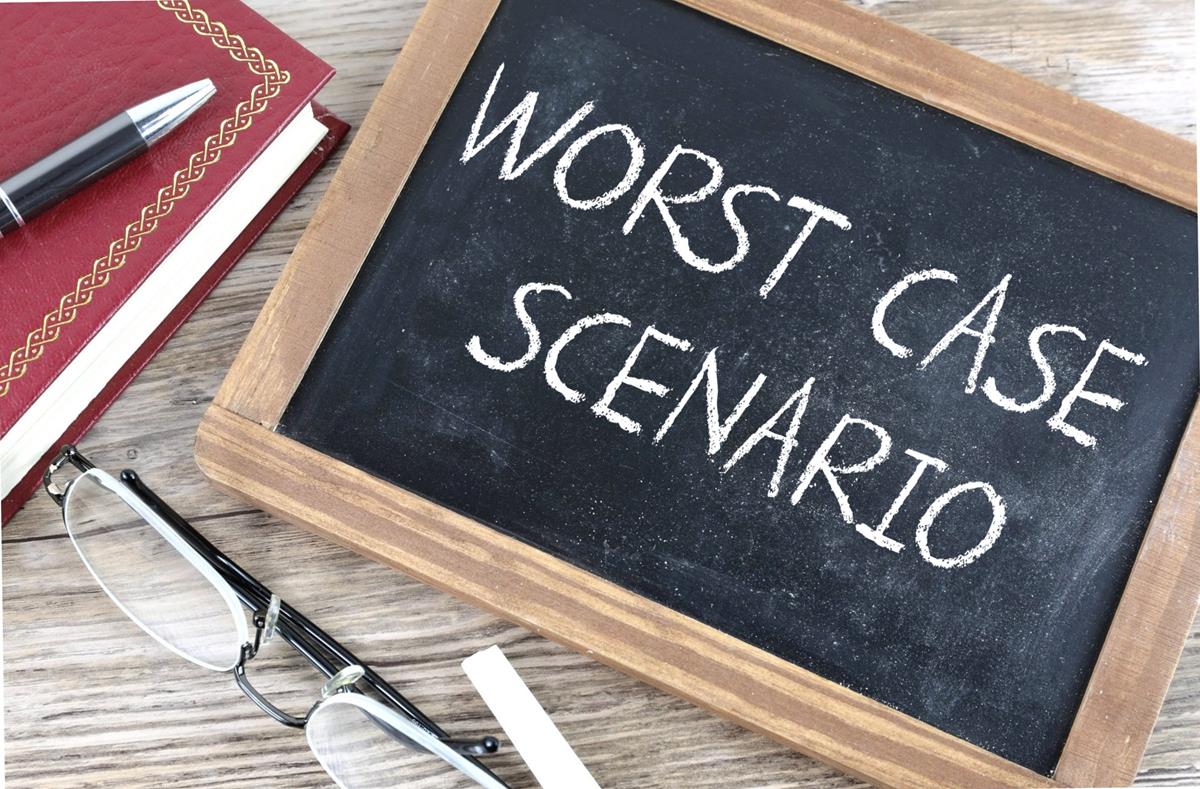
7. **”Worst Case Scenario”: Debunking a Common Phrase**Here’s where things often get tricky, and where ‘worse’ and ‘worst’ can truly test our linguistic mettle: navigating idiomatic expressions that sound similar but demand specific forms. One such phrase that frequently causes a stumble is the difference between “worse case” and “worst case scenario.” Spoiler alert: ‘worst case’ is the one you want, and it’s used in specific, powerful ways.
The context clarifies the correct usage, pointing to two distinct idiomatic expressions: “The phrase worst case is used in the two idiomatic expressions: in the worst case and worst-case scenario.” Both of these phrases are employed when contemplating the most extreme, dire, or unfavorable possible outcome. They are about envisioning the absolute nadir of a potential situation, making ‘worst’—the superlative form—the undeniable choice.
Why ‘worst’? Because these idioms are inherently superlative. They are not comparing one bad situation to another bad situation; they are comparing a potential outcome to *every other possible outcome* and identifying it as the absolute worst among them. “Both of these phrases refer to a situation that is as bad as possible compared to any other possible situation, which is why it uses the superlative form worst.” It’s about hitting rock bottom in a hypothetical future.
Take these examples: “In the worst case, the beams will collapse instantly.” This isn’t just saying a collapse is bad; it’s presenting it as the most catastrophic event possible under the circumstances. Similarly, “This isn’t what we expect to happen—it’s just the worst-case scenario” clearly labels this outcome as the most undesirable imaginable. While you might use ‘worse’ and ‘case’ together in a sentence like “Jacob had a worse case of bronchitis than Melanie did,” the context is explicit that this is not the fixed idiom. The established phrase, for the absolute most dire possibility, always calls for ‘worst case’ or ‘worst-case scenario.’
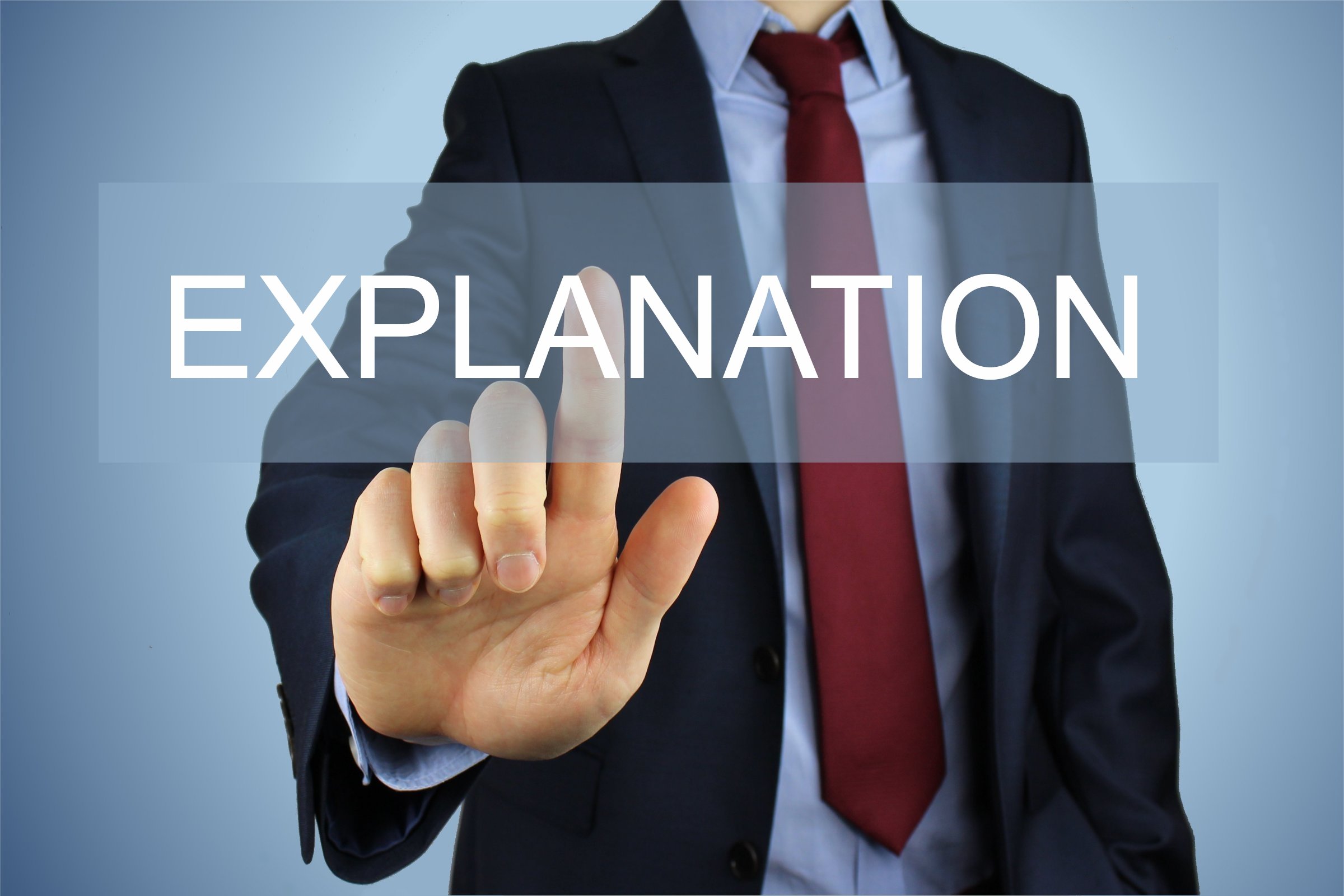
8. **”If Worse Comes to Worst”: An Idiomatic Conundrum**Just when you think you’ve got ‘worse’ and ‘worst’ pinned down, they throw another curveball in the form of idioms! One of the trickiest expressions involves contemplating the absolute worst outcome. The context reveals there are actually two very similar versions of the phrase meaning ‘if the worst possible outcome happens’: ‘if worse comes to worst’ and ‘if worst comes to worst.’ It’s like a linguistic choose-your-own-adventure, but with higher stakes for grammar sticklers.
Fascinatingly, despite the apparent grammatical oddity, ‘if worst comes to worst’ is much more commonly used. You’d think the comparative ‘worse’ would logically lead to the superlative ‘worst,’ creating a progressive escalation of badness. However, common usage has often chosen the direct, emphatic ‘worst’ to frame this dire hypothetical, even if it ‘arguably makes less sense’ from a strict grammatical progression. It’s a reminder that language, particularly idioms, doesn’t always adhere to rigid logical structures.
Whatever form you choose, the core message of the idiom remains consistent: it signals that you’re preparing for the absolute lowest point or most undesirable event. The phrase is almost always accompanied by a proposed solution, offering a glimmer of proactive thinking in the face of potential catastrophe. For instance, ‘If worse comes to worst and every door is locked, we’ll get in by opening a window’ demonstrates this preparedness. Similarly, ‘I’m going to try to make it to the store before the storm starts, but if worst comes to worst, I’ll at least have my umbrella with me’ perfectly illustrates how this expression serves as a linguistic safety net, outlining a plan B for the unluckiest scenario.
Read more about: The Ultimate Guide to ‘Worse’ vs. ‘Worst’: 14 Common Traps You Can’t Afford to Ignore
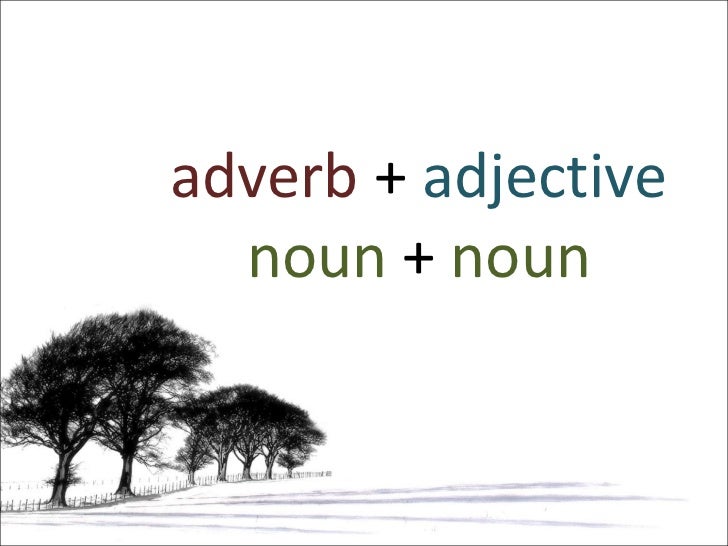
9. **Worst as a Noun and Adverb: More Than Just an Adjective**Just like its comparative sibling, ‘worst’ isn’t content staying solely in the realm of adjectives. This superlative powerhouse also confidently steps into the roles of a noun and an adverb, further broadening its reach in English expression. Understanding these additional functions is key to truly mastering its usage and recognizing its full expressive potential in various linguistic contexts.
As a noun, ‘worst’ typically appears in phrases like ‘the worst,’ referring to ‘something that is worst.’ It encapsulates the absolute bottom-tier entity or situation. The classic example provided, ‘Prepare for the worst,’ perfectly illustrates this usage. Here, ‘the worst’ functions as a standalone concept, a shorthand for the most undesirable outcome or condition imaginable. It asks us to brace ourselves for the absolute nadir, to be ready for whatever profound negativity might materialize, highlighting its role in conveying profound, ultimate negativity as a substantive idea.
Moreover, ‘worst’ also serves as an adverb, inheriting this function from ‘badly.’ In this capacity, it describes something being done ‘in the worst manner’ or ‘in the greatest degree’ of an undesirable quality. For example, if someone performed ‘badly,’ another might perform ‘worst,’ indicating the absolute lowest level of performance within a group. It amplifies the negativity of an action to its utmost extent, making it unequivocally clear that the action was executed with the highest degree of fault or inadequacy. The context explicitly notes ‘worst’ means ‘in the most evil, wicked, severe, or disadvantageous manner’ or ‘with the most severity, intensity, etc.; in the greatest degree,’ solidifying its powerful adverbial presence.
Read more about: The Worst of the Worst: From Failed Future Forecasts to Tricky Grammar Traps

10. **The Versatility of ‘Bad’: From Adjective to Adverb**To fully appreciate ‘worse’ and ‘worst,’ it’s essential to circle back to their foundational root: the word ‘bad.’ ‘Bad’ itself is a remarkably versatile word, functioning primarily as an adjective but also stepping into roles as a noun and, informally, an adverb. Understanding its broad spectrum of meanings and grammatical applications is key to grasping the full scope of its comparative and superlative forms.
As an adjective, ‘bad’ is a chameleon, capable of describing a multitude of undesirable qualities. The context provides an exhaustive list: it can mean ‘not good in any manner or degree,’ ‘wicked or evil,’ ‘of low or inferior quality,’ ‘disobedient or naughty,’ ‘inaccurate,’ ‘causing injury or harm,’ ‘suffering from sickness,’ ‘diseased, decayed, or weakened,’ ‘spoiled or rotten,’ ‘disagreeable or unpleasant,’ ‘severe or intense,’ ‘regretful or upset,’ ‘showing or having a lack of skill or ability,’ or ‘unfortunate or unfavorable.’ It even has a slang meaning of ‘outstandingly good,’ proving just how complex a single word can be!
Beyond modifying nouns, ‘bad’ also frequently appears after copulative verbs such as ‘sound,’ ‘smell,’ ‘look,’ and ‘taste.’ For instance, ‘The music sounds bad’ or ‘The locker room smells bad.’ This usage correctly employs ‘bad’ as an adjective, describing the *state* of the subject after the verb. While ‘badly’ is the standard adverb, the text notes that ‘bad’ can also be used informally as an adverb, as in ‘He wanted it pretty bad,’ highlighting a more casual, conversational application.
As a noun, ‘bad’ refers to ‘something that is bad,’ often seen in phrases like ‘to take the bad with the good.’ This illustrates its capacity to represent the concept of negativity itself. Its extensive dictionary entry, covering everything from moral failings to physical ailments and unfortunate circumstances, truly underscores how ‘bad,’ and by extension ‘worse’ and ‘worst,’ are integral to expressing the full spectrum of human experience, particularly its less desirable aspects. It’s truly a linguistic workhorse, despite its seemingly simple, negative connotation.
Read more about: The 12 Worst Classic Car Investments Made by 15 Celebrities
So, there you have it! We’ve navigated the often-tricky terrain of ‘worse’ and ‘worst,’ from their core comparative and superlative functions to their irregular forms and nuanced roles in idioms and various parts of speech. No longer should these linguistic twins leave you paused mid-sentence, scratching your head. You’re now equipped with the insights to confidently deploy ‘worse’ when comparing two less-than-ideal things, and to powerfully wield ‘worst’ when identifying the absolute bottom of the barrel among many. Go forth and conquer your communications, ensuring your language is always precise, impactful, and never, ever, the ‘worst’ it could be!


.jpg)
